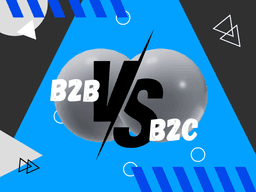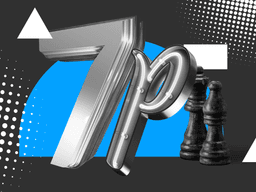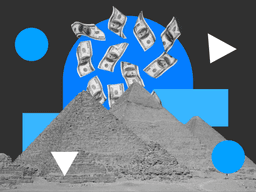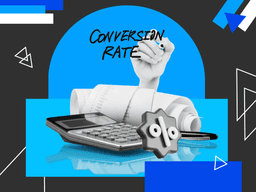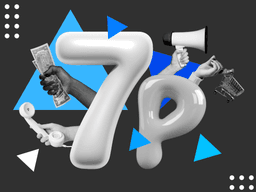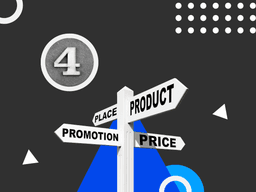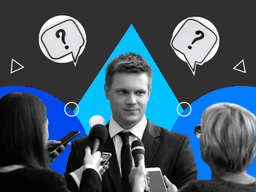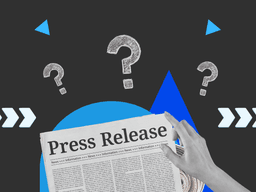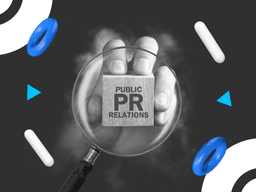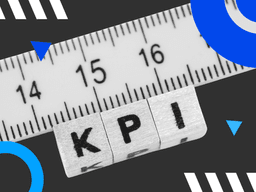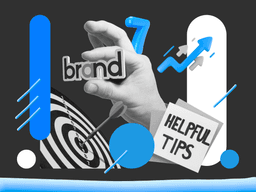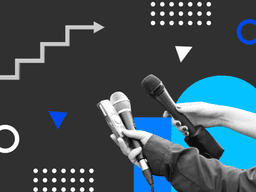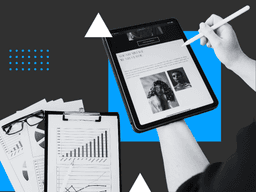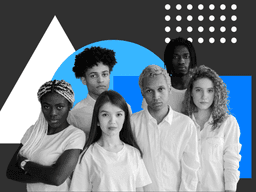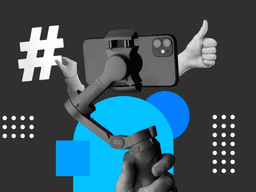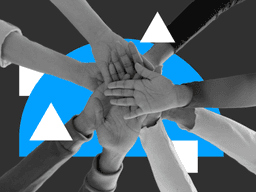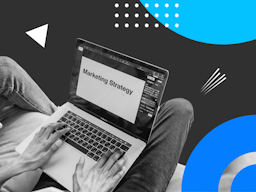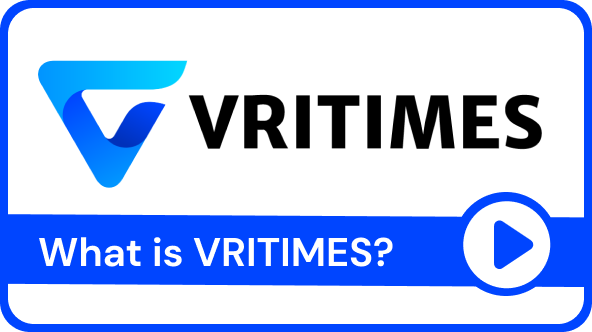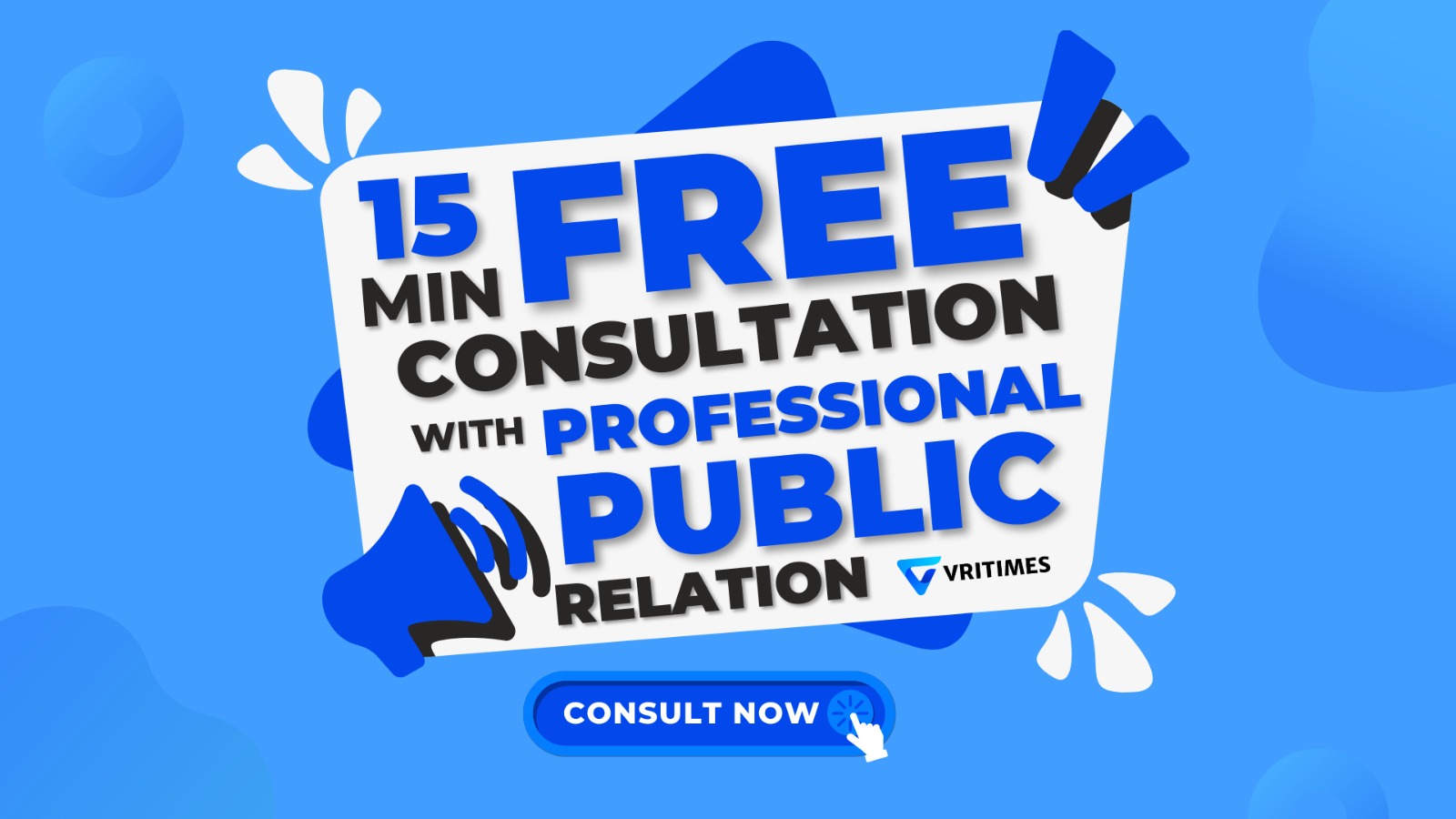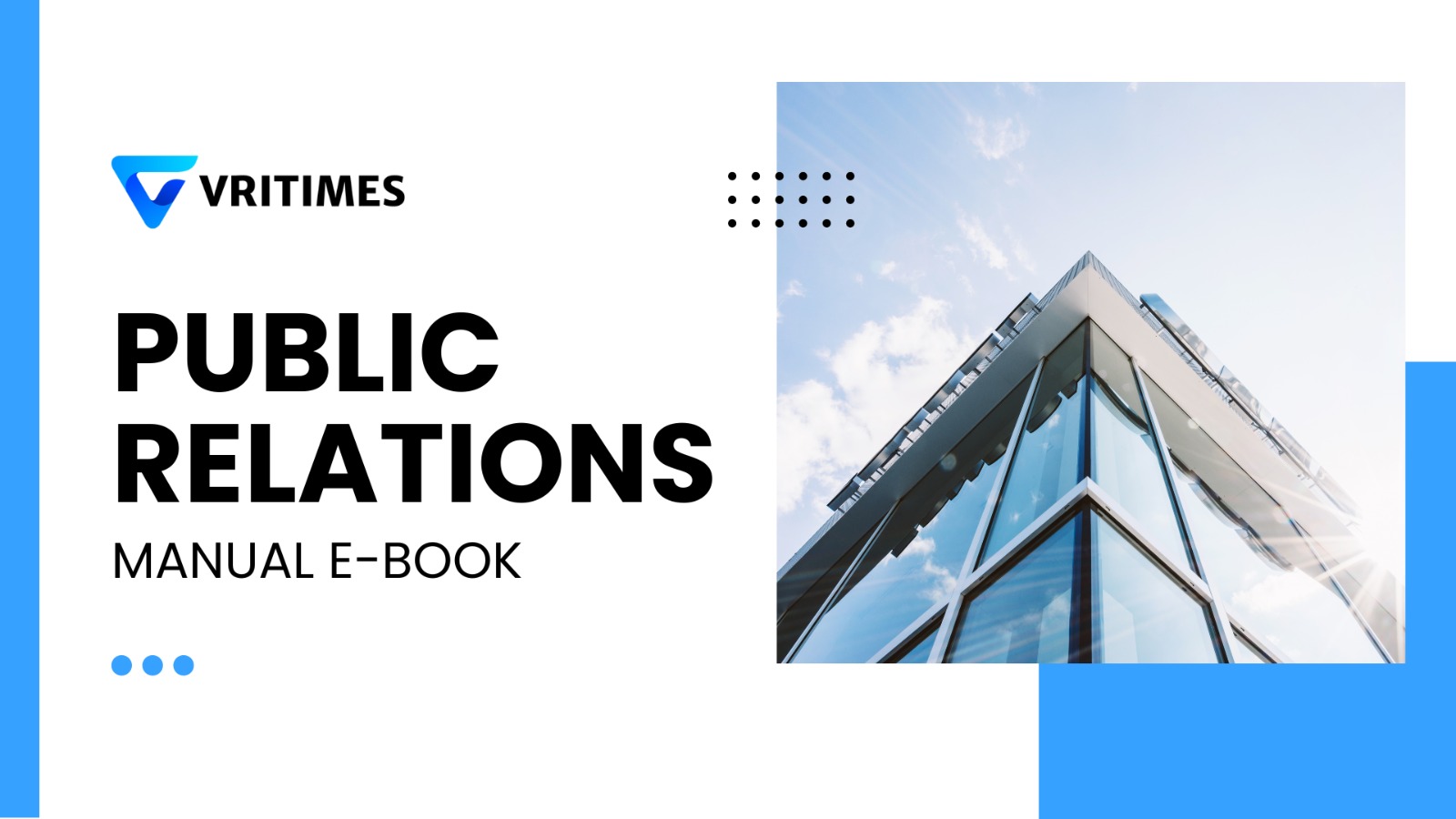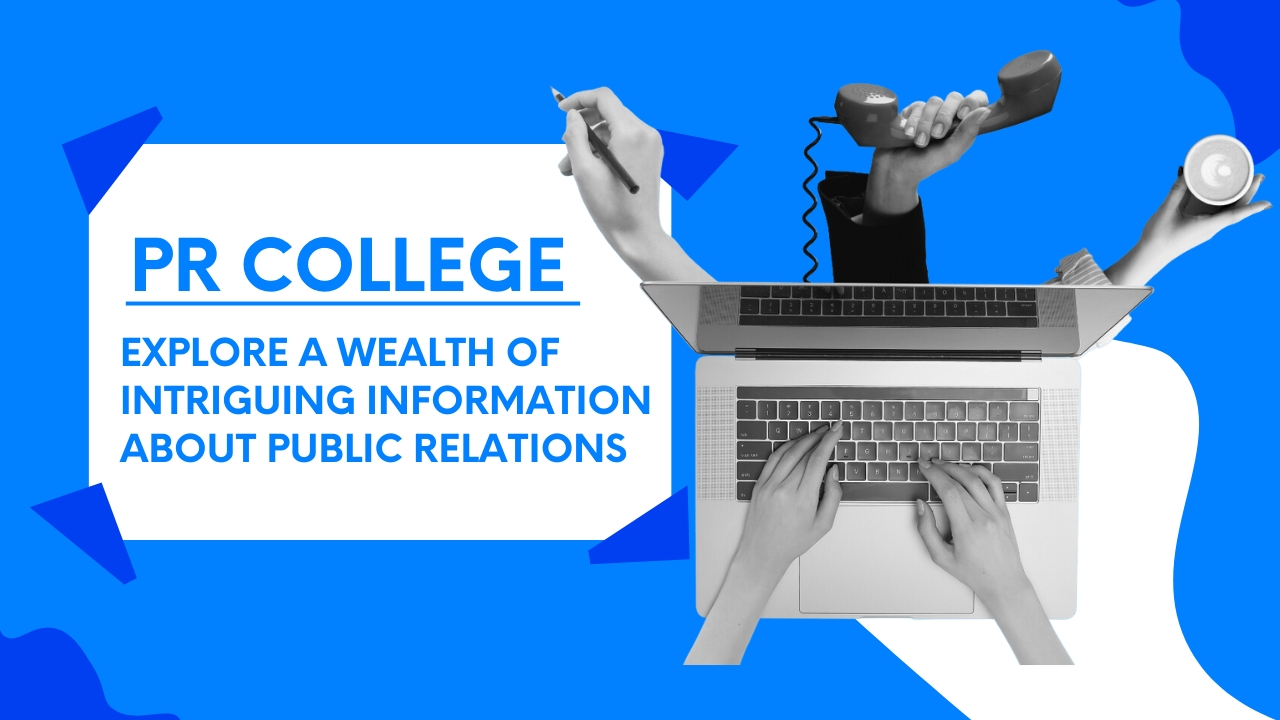/ How to Plan a PR Event?
How to Plan a PR Event?

A public relations (PR) event is an excellent opportunity to create buzz and introduce your company, brand, product or service to the public.
It will attract media attention, which will make your brand better known to the general public. That is why you need to put your best efforts into planning and executing this event.
How to plan a PR event?
Executing without planning is planning to fail. So, follow these steps to plan a great PR event:
1. Clearly Define Your Goal
Before you start planning anything, you need to define a clear goal and how it will be measured. In the case of a public relations event, the goal may be to increase brand awareness, launch a new product, generate sales, maintain customer relationships, etc.
After setting the goal, you need to set benchmarks to measure its success, such as:
Number of units sold at the event,
Number of attendees,
Number of times the event hashtags were used.
2. Be Timely
Next, you need to hold the event at the right time, which depends on many factors, such as the launch date, important dates in the months, and special dates related to the product or service.
You also need to evaluate other factors, such as how long it will take to get budget approval, how long it will take attendees to get to the venue and more. After evaluating these factors, you can determine how much time your team will need to plan and execute the event.
3. Set a Reasonable Budget
Event budgeting includes promotional activities, media coverage, attractive venue rentals, special appearances by high-profile guests, security, paramedics, logistics, catering, and more.
The amount of funding required will depend on the format and size of the event. Calculate the budget carefully to avoid mistakes.
4. Choose the Right Venue and Vendors
The venue is a critical factor in holding an event. Choose a venue that fits your event format and can accommodate your target attendees.
Also consider accessibility, sustainability, and your budget. If you are planning an outdoor event, consider the weather, tents, and other elements.
You may need additional vendors for tents, air conditioning, decorations, walkie-talkies (for communication), nametags for media partners, and other elements not provided by the venue. Choose the right vendor carefully to provide the best experience for your attendees.
5. Create a Great Attendee Experience
To keep your attendees excited about the event, create a great experience for them both before and during the event. Some attendees may arrive early, so you can keep them excited by providing food (meal or snack) and beverages or engaging games.
6. Search for Sponsors and Media Partners
After that, you can search for a sponsor and media partners if needed. Choosing a sponsor is not only about the cost of the event but also about promotional channels and expanded attendees.
Choose a sponsor that will bring you expanded attendees and create a mutually beneficial agreement. Then choose media partners who have worked with you before. If this is your first time (meaning your brand is new), choose local partners.
Avoid approaching established media partners, as they expect to work with well-known brands unless you know the manager very well. In addition to inviting media partners to your event, you can also ask them to publish a press release about your event, which will give you a wider audience.
7. Promote the Event
Don't forget to promote your event on social media sites like Instagram or TikTok. Instead of just posting your brochure, it is better to use paid social media advertising (IG Ads or TikTok Ads) or influencers to promote your event.
On the day of the event, use promotional elements such as hashtags, Twibbon, and GIFs that represent your event. Attendees can use these elements to create content about your event. This exposes your brand to their audience as well, which can increase your brand awareness.
You can also create a team to document your event so that it can be used as content for your brand's social media.
How to Execute a PR Event?
Now that you have carefully planned your event, it is time to execute it. Here is how:
1. Hold a Meeting
You may need to hold several meetings (depending on the size of the event) with vendors, the venue, and your team to discuss the event. Before you start the meeting, make a note of what needs to be discussed and make sure you address each item, leaving nothing out.
2. Review
You will then need to review the installation at the venue one week, three days, and one day before the event. You will need to review the other items provided by the vendors.
To avoid being overwhelmed, you can assign some trusted people as PICs to check the food, logistics, decorations, etc.
3. Double-Check
On the day of the event, double check all the details right before the event starts. This includes small but important details such as walkie-talkies, seating, and lighting.
4. Be Prepared for Anything
During the event, carry out all the planned and discussed details. Remember to provide first aid in case of an emergency. Communicate by walkie-talkie to avoid delays.
5. Capitalize on the Momentum
During the event, capitalize on the momentum by posting some special moments on social media in real-time. This is usually done on Instagram Story.
After the event, you can conduct an interview to ask attendees for their impressions and feedback on your event.
6. Evaluate the Event
Evaluation is a must after holding an event. It will help you understand what to keep, what to improve, and what to discard.
A PR event evaluation is not only about the smoothness of the event, but also about the number of attendees, social media engagement and sales (if you sell products or services during the event), and attendee feedback.
So this is how you should plan and execute your PR event. To execute it well, remember to focus on your goal while planning the event.

